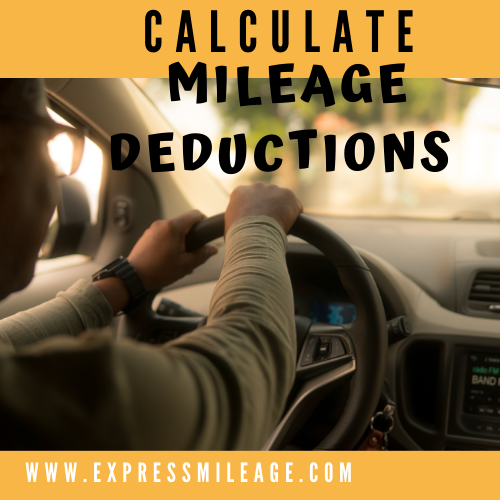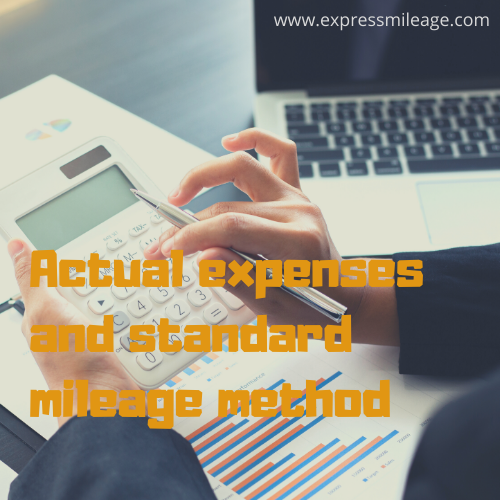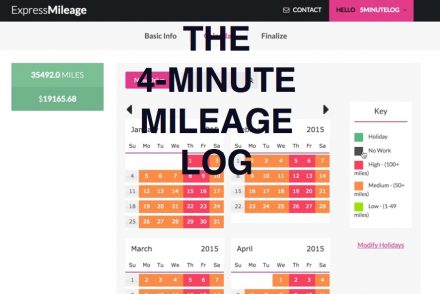In this year 2020, the Internal Revenue Service or IRS issued the 2020 optional Standard Mileage Rates that can be used to claim a deduction for business mileage on your vehicle as per tax return is concerned.
There are two options to choose from:
Actual Expenses Method
Taxpayers always have the option to use this method instead of the standard mileage method because you just have to add all the money you spend on your vehicle/s for the entire year. Some business expenses that you can include are the following:
- rental, and insurance payments
- vehicle registration or inspection fees
- regular maintenance and repairs
- new vehicle parts expenses, and;
- depreciation expense
To calculate your business mileage deductions, you add all the expenses mentioned, then multiply the total by the percentage you used your vehicle for business purposes.
(TAKE NOTE: IRS allow only business purpose; personal purpose are not deductible.)
Example:
- TOTAL EXPENSES is 8,000
- Identify how much you spent on personal and business use.
- PERSONAL: 2,000
- BUSINESS: 6,000
- Divide: 6,000 / 8,000 = 75%
- Multiply: 8,000 x .75 = 6,000
Standard Mileage Method
For business use, this method is based on an annual study under a fixed and variable rate plan of operating an automobile. Examples of variable costs are medical and moving purposes but it has different rates when calculating the mileage deduction.
To calculate, add all the miles you drove for business on the entire year and simply multiply that number by the standard mileage rate set by the IRS for the year 2020 which is 57.5 cents per mile.
This is also considered the easiest method because you only need to track your business mileage, however, as per IRS,
a taxpayer may not use the business standard mileage rate for a vehicle after using any depreciation method under the Modified Accelerated Cost Recovery System (MACRS) or after claiming a Section 179 deduction for that vehicle. Also, the business standard mileage rate cannot be used for more than five vehicles used simultaneously. These and other limitations are described in section 4.05 of Rev. Proc. 2019-46
For computation, you need to log the following details:
- Time and date of the drive for business purposes
- Starting point
- Destination or place of the drive
- The business purpose of the drive
- The total distance of the drive or odometer readings

Tracking the mileage log is significant especially when it comes to the tax deduction. There are many online mileage log makers or tracking apps that are available out there but many professionals recommend Express Mileage. It is a reliable mileage log maker that can record miles for the whole year. Organize and secure so as you have the proof to present to the IRS auditor, the total mileage driven and the possibility to qualify for the mileage deduction. Supporting documents like receipts or any other proof of payments must also be readily available. IRS will forbid your claims if you have incomplete documents. For more tips, you can read Winning a Tax Audit.
To give you more ideas, feel free to visit the Express Mileage FAQ’s page.





